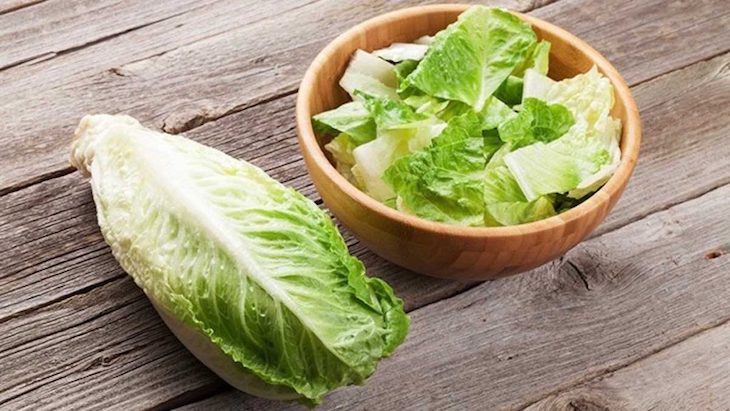The FDA is sampling romaine lettuce to test for pathogens. That agency has launched a small, focused assignment to collect samples of romaine lettuce to test for Salmonella and STEC (Shiga toxin-producing E. coli bacteria). These two pathogens have been “repeatedly linked to foodborne illness associated with romaine lettuce consumption,” according to the notice.

Two large E. coli O157:H7 outbreaks in 2018 were linked with the consumption of romaine lettuce. Both outbreaks prompted nationwide public health advisories. One of those outbreaks was deadly; five people died.
Last month, the FDA released information about an E. coli O157:H7 outbreak associated with romaine lettuce that sickened 23 people in 12 states. That outbreak was not announced until it was long past over. Last week, an E. coli O157 outbreak in Wisconsin sickened at least three people, perhaps as many as twenty. That outbreak may be associated with lettuce. And an outbreak in Maryland linked to a Ready Pac salad sold at Sam’s Club that sickened seven people was just announced.
The FDA is also testing for Salmonella, since that pathogen is associated with the consumption of fresh produce in the U.S. In 2012, the country experienced a multistate outbreak of Salmonella Newport illnesses associated with romaine lettuce.
If a pathogen is found on the tested lettuce, the FDA will perform whole genome sequencing of the microorganism’s DNA to determine if it is virulent, and if it is genetically related to isolates that are causing human illness.
The lettuce will be collected in its natural form before it is processed. No fresh-cut processed products will be collected or analyzed. This will let the FDA trace the lettuce to its point of origin before it is commingled with other types of produce. Sampling at FDA registered facilities and farms identified by traceback to outbreak will be prioritized. Samples will be collected after harvest and not from farm fields.
This sampling will continue from November 2019 to November 2020, throughout the year. Sampling will increase in March/April and October/November, which are transition periods for the California to Yuma Valley growing regions. Those areas are where outbreaks associated with romaine consumption have occurred most frequently.
In all, 270 samples will be collected. Each sample will consist of 10 subsamples, which will each weigh a minimum of 300 grams. The FDA believes that this approach reflects actual conditions and increases the changes of finding pathogens, since they are not uniformly distributed among the product.
The government will inform firms if positive samples are identified, usually within three or four days after sample collection. If any Salmonella or STEC are found, the FDA will also work with the firm to take action to protect the public health.




